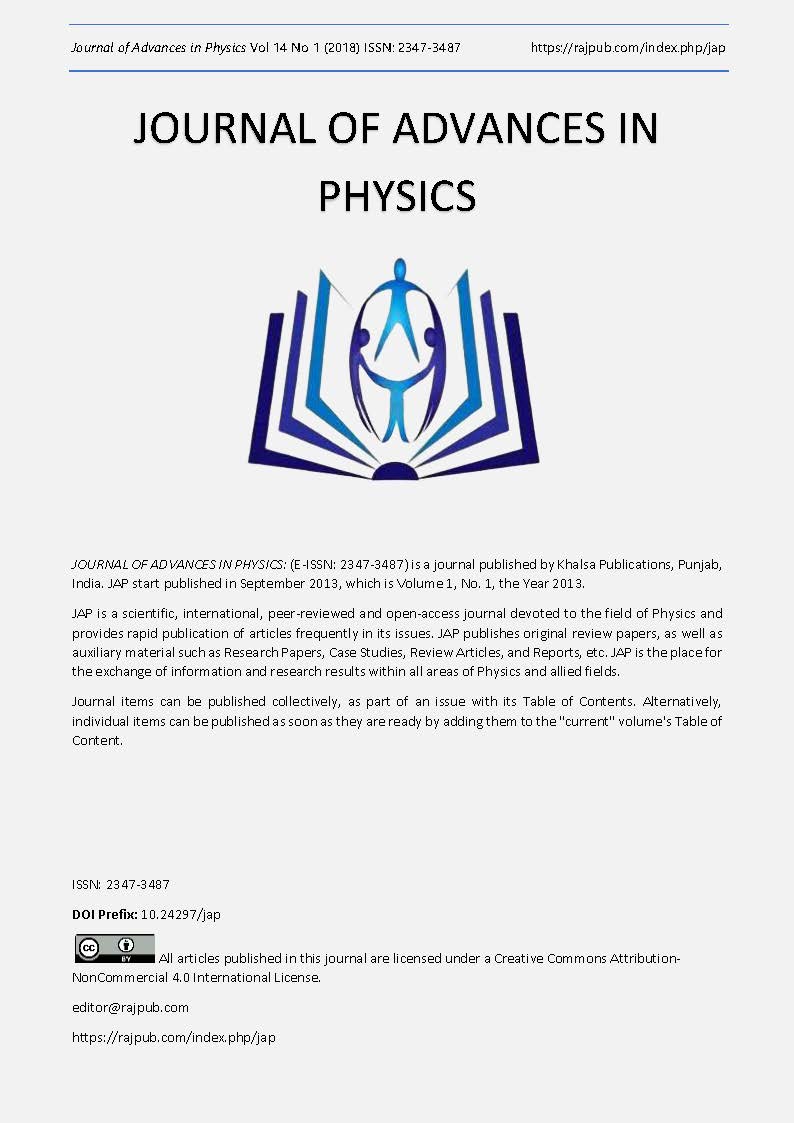Measuring Time
DOI:
https://doi.org/10.24297/jap.v14i1.6971Keywords:
Speed of Light, Planck Time, Time Dilation, Hafele and Keating, Stationary point in spaceAbstract
- The speed of light is an absolute, the measurement of the speed of light is not an absolute.
- According to Special Relativity, the rate at which a clock ticks is a function of the speed at which it is travelling through space; the faster the speed, the slower the rate. This is called time dilation.
- Time dilation is a function of the speed of an object through space. The faster an object is travelling the greater the time dilation.
- Because of time dilation, we are unable to measure the absolute speed of an object through space.
- We do not actually measure time. Instead we have instruments which measure the physical characteristics of instruments which are affected by time. We then interpret these physical characteristics and this interpretation becomes our measurement of time.
- Our body is one of the instruments we use to measure time, but we also use various clocks.
- Time is not a characteristic of the universe; it is a construct which can be defined to have any value we choose.
- If we could establish a stationary point in space, it would be possible to:
- measure the absolute speed of light.
- measure the absolute speed through space of any moving object.
- establish a clock for absolute time.
- It might be theoretically possible to establish such a point, as follows:
- Assume a space station, located at a Lagrange point.
- Modify the speed of the space station through space for the x, y and z axes to maximize the speed of light.
- The location of the space station when the speed of light was maximized would be at a stationary point in space.
Downloads
References
Michelson, Albert A., Morley, Edward W.; (1887) “On the Relative Motion of the Earth and
the Luminiferous Ether”. American Journal of science. 34: 333-345
Einstein, Albert, “On the Electrodynamics of Moving Bodies”, translated by W. Perrett and G.R. Jeffery, in the Principle of Relativity, New York: Fover and Methuen, 1952
Self, Sydney B. “The Nature of Time – A 21st Century View’. Journal of Advances in Physics, (2018) Volume 14, number 1.
Self, Sydney B. “Measuring Velocity”. Fundamental Journal of Modern Physics, Vol. 10, Issue 2 2017, Pages 161-164.
Self, Sydney B. “A logical examination of the nature of time”. Physics Essays 29, 2 (2016)
Hafele, J.C., Keating, R.E., (July 14, 1972). “Around-the-World Atomic Clocks, Predicted Relativistic Time Gains”. Science, 177
Downloads
Published
How to Cite
Issue
Section
License
 All articles published in Journal of Advances in Linguistics are licensed under a Creative Commons Attribution 4.0 International License.
All articles published in Journal of Advances in Linguistics are licensed under a Creative Commons Attribution 4.0 International License.




